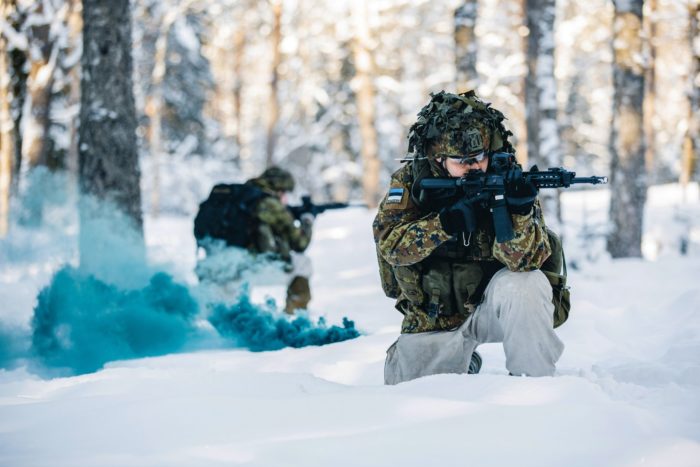Russia remains the most dangerous threat to Euro-Atlantic security; unless it is utterly defeated in Ukraine, there is no reason to believe it will abandon its ultimate goal of overturning the rules-based international order. Meanwhile, drip-feeding military aid to Ukraine is more about NATO's self-paralysis than a prudent deterrence strategy. A country that knows about Russian imperialism first-hand dispels myths and shares lessons learned from Russia's invasion of Ukraine.
Estonia dispels six widespread myths about Russia's invasion of Ukraine
The ongoing invasion of Ukraine has given rise to six misinterpretations about Russia’s future path and ambitions, Estonia's Defense Ministry states.1. It's not Putin's war
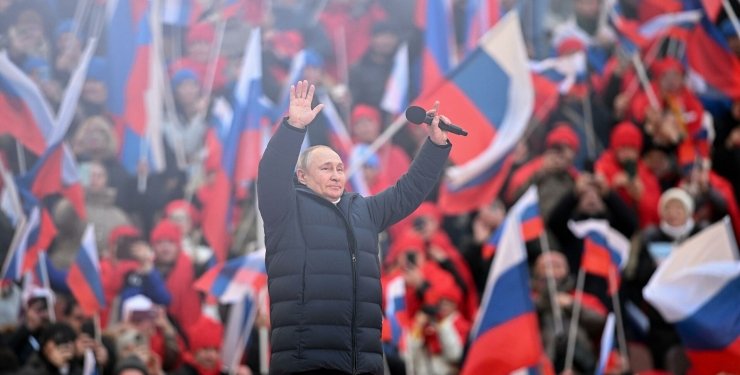
Credit: ria.ru
Putin and his policies continue to enjoy widespread support in Russia, which has only strengthened during the course of the war.
In addition, Russia’s leadership has spent the last couple of decades preparing society for a large-scale confrontation with the West.
Moreover, if signs of discontent manifest among the general populace, the criticism tends to be directed more at Russia’s disastrous military performance than the essence of the war itself.
2. Any Russian territorial gains move it closer to its strategic goal
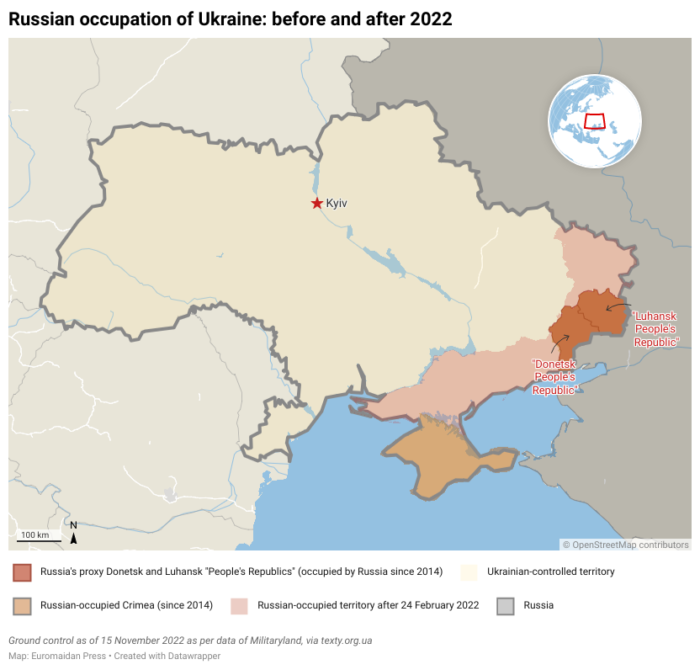
3. Russia is not disqualified as a threat
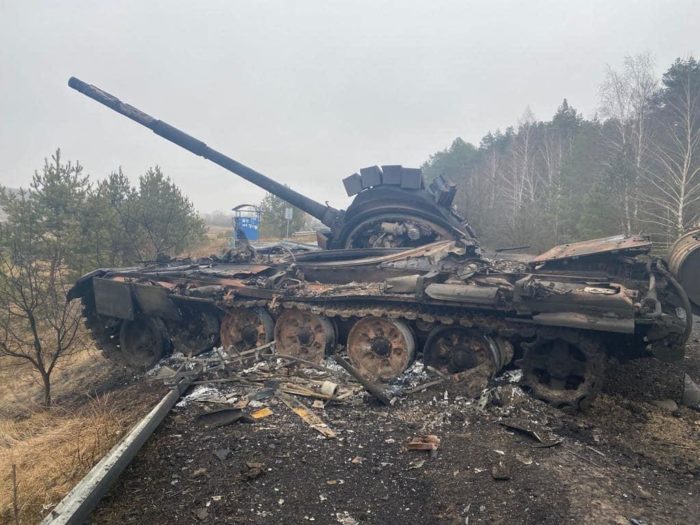
4. NATO's deterrence of Russia has not been a success
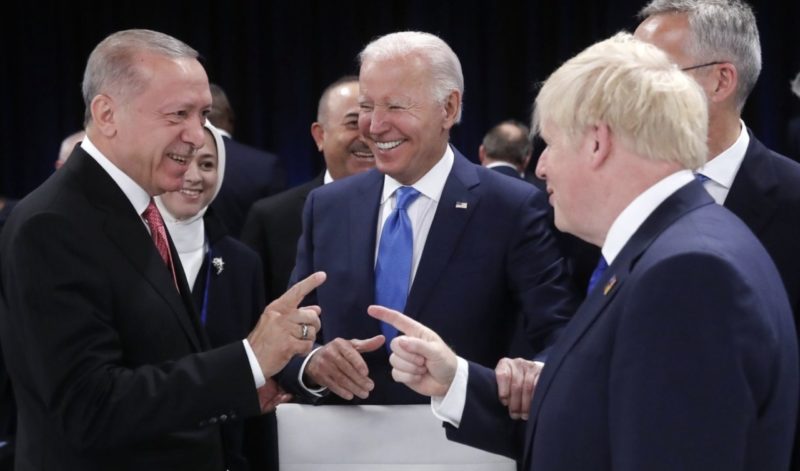
5. Fears of Russia's retaliatory escalation are unfounded and confine the West, says Estonia
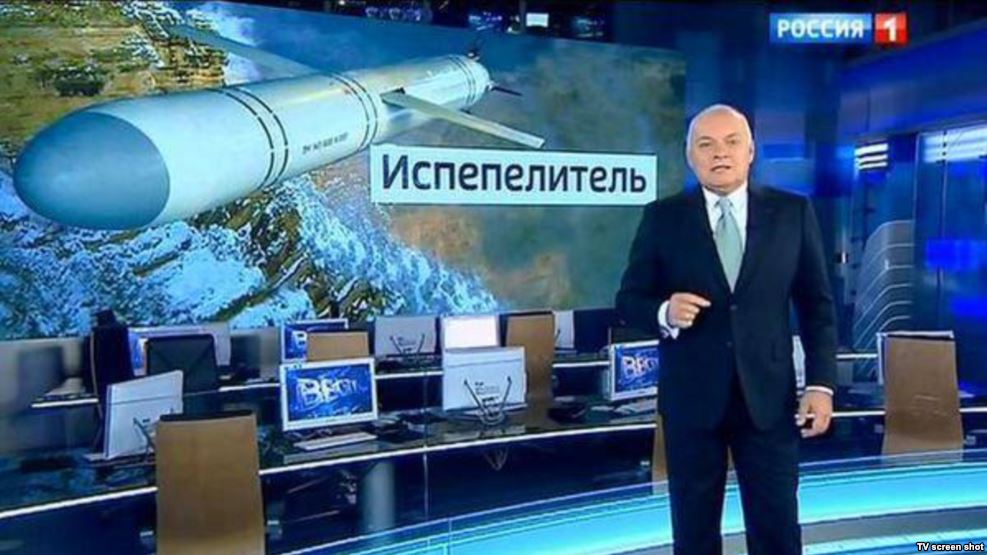
Strategic lessons learned from Russia's invasion
With the myths out of the way, the Estonian Ministry of Defence presents five strategic lessons from the war. 1. NATO requires more deterrence than previously thought and needs it urgently. The MoD states that the only way “to prevent a Ukrainian scenario on NATO’s soil is to make it clear beyond doubt that any aggression against NATO would be a dead-end attempt.” NATO must focus on significantly reducing the risk of miscalculation by Russia of allies’ commitment to, and military capability required for, effective collective defense. The MoD says that “Russia will only refrain from testing NATO in case it is absolutely certain that the objectives it seeks bear an unacceptable cost for the Kremlin,” adding, "It is our objective to ensure that a severe defeat at an immense price is the only scenario.” 2. NATO needs better intelligence and readiness. “Should our deterrence messaging fail to reach the intended recipient or not shake up its offensive plans, we will need to know – the earlier, the better,” says the MoD. It adds that NATO must improve its “intelligence and early warning and normalize scenario-based discussions, war games, and readiness exercises in NATO.” 3. Third, allied leaders’ reaffirmation of their commitment to defend every inch of NATO territory needs to translate into true readiness in terms of mindset and operational activities. 4. Next, the MoD notes, "A lack of resources undermines our security and defense in the long-term. We need robust military capabilities to defend the Euro-Atlantic area, which only increased defense investment could provide.” 5. Finally, the MoD stresses that capabilities and stockpiles are only part of the equation and that NATO also requires “capable, well-trained forces and reserves, who could secure Allied success on the battlefield; and resilient societies with a strong spirit and will to defend our democratic values.” https://twitter.com/EuromaidanPress/status/1630632675433414658?The MoD concludes its paper, proclaiming that “there is no turning back to a pre-24 February 2022 world” – a fact made ever more evident by the arrival of President Joe Biden to Kyiv on 20 February 2023. NATO must be ready, and the plan is simple:
- NATO must complete the strategic shift from deterrence by punishment to deterrence by denial;
- NATO must become a more rapid, more capable, and more resilient Alliance;
- NATO must invest in defense, now.
 Klaidas Kazak is a British civil servant and a graduate of the School of Slavonic and East European Studies at University College London.
Klaidas Kazak is a British civil servant and a graduate of the School of Slavonic and East European Studies at University College London.
Related:
- Russia had a secret plan to wipe Ukraine off the face of the Earth. This report tells why it failed
- Are the sanctions on Russia working?
- Russian imperialism: Only a bare majority of Russians wants Russia to stay within its current borders (2015)
- Russian ideology: imperialism, militarism, and racism
- Russian war against Ukraine neocolonial in nature – Polish President Duda
- For sustainable peace, all Russians must face their crimes – Estonian PM
- Only restoring Ukraine’s nuclear status can be an alternative to its NATO membership – Estonia’s Foreign Minister
- Estonian group ships medical supplies to Ukraine: “I did not want to just sit back and watch”

